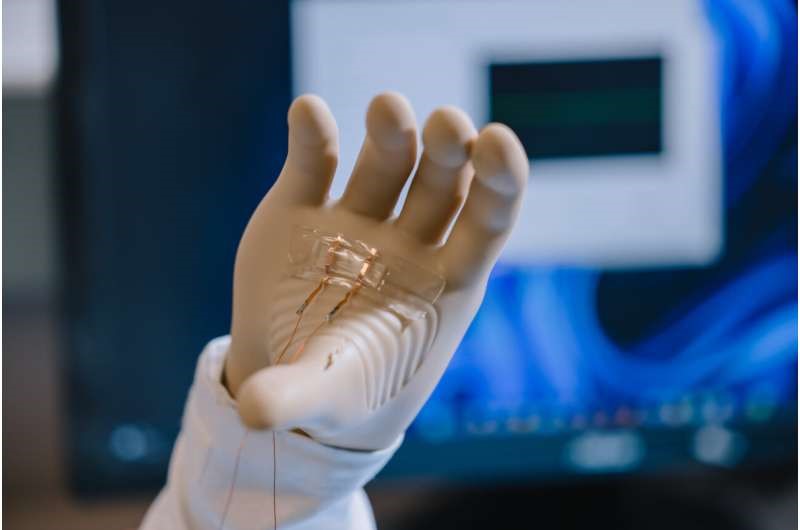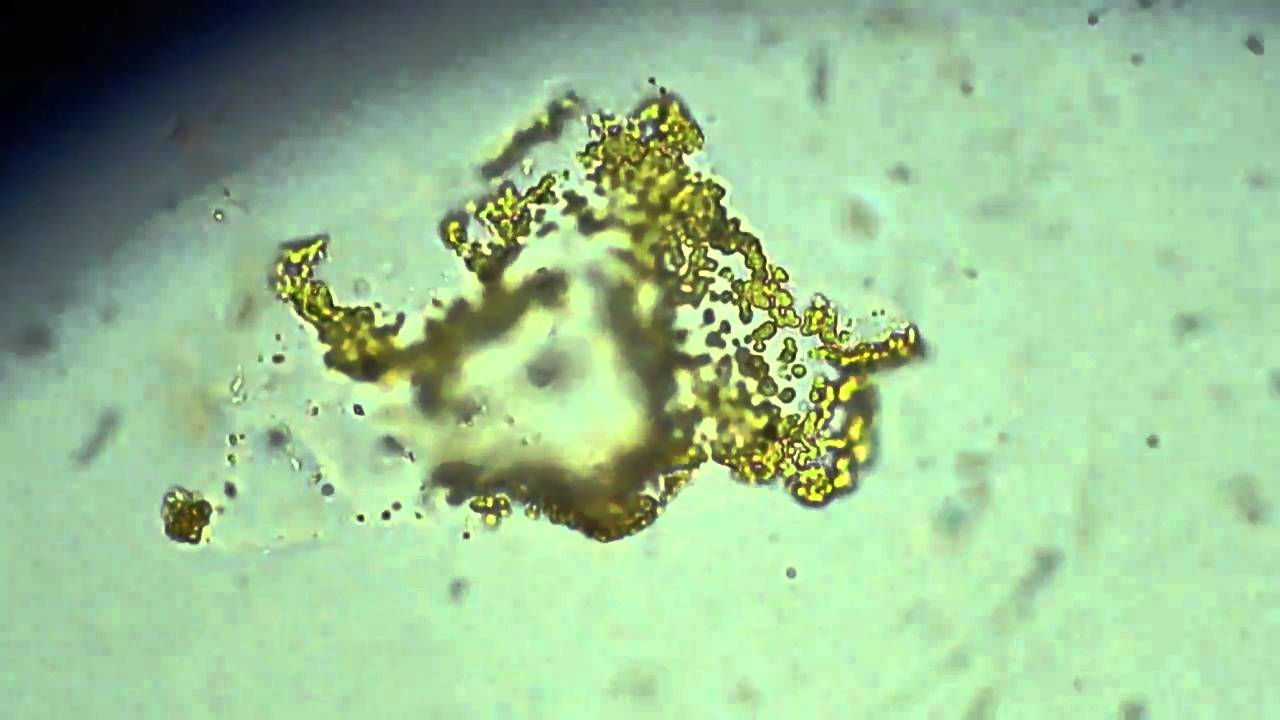
Developing a better ionic skin
In the quest to build smart skin that mimics the sensing capabilities of natural skin, ionic skins have shown significant advantages. They're made of flexible, biocompatible hydrogels that use ions to carry an electrical charge.
In contrast to smart skins made of plastics and metals, the hydrogels have the softness of natural skin. This offers a more natural feel to the prosthetic arm or robot hand they are mounted on, and makes them comfortable to wear.
These hydrogels can generate voltages when touched, they produce voltages and currents in reaction to stimuli, such as pressure or touch—what we are calling a piezoionic effect.
When pressure is applied to the gel, that pressure spreads out the ions in the liquid at different speeds, creating an electrical signal. Positive ions, which tend to be smaller, move faster than larger, negative ions.
This results in an uneven ion distribution which creates an electric field, which is what makes a piezoionic sensor work.
You can imagine a prosthetic arm covered in an ionic skin. The skin senses an object through touch or pressure, conveys that information through the nerves to the brain, and the brain then activates the motors required to lift or hold the object. With further development of the sensor skin and interfaces with nerves, this bionic interface is conceivable.
 English
English Arabic
Arabic


